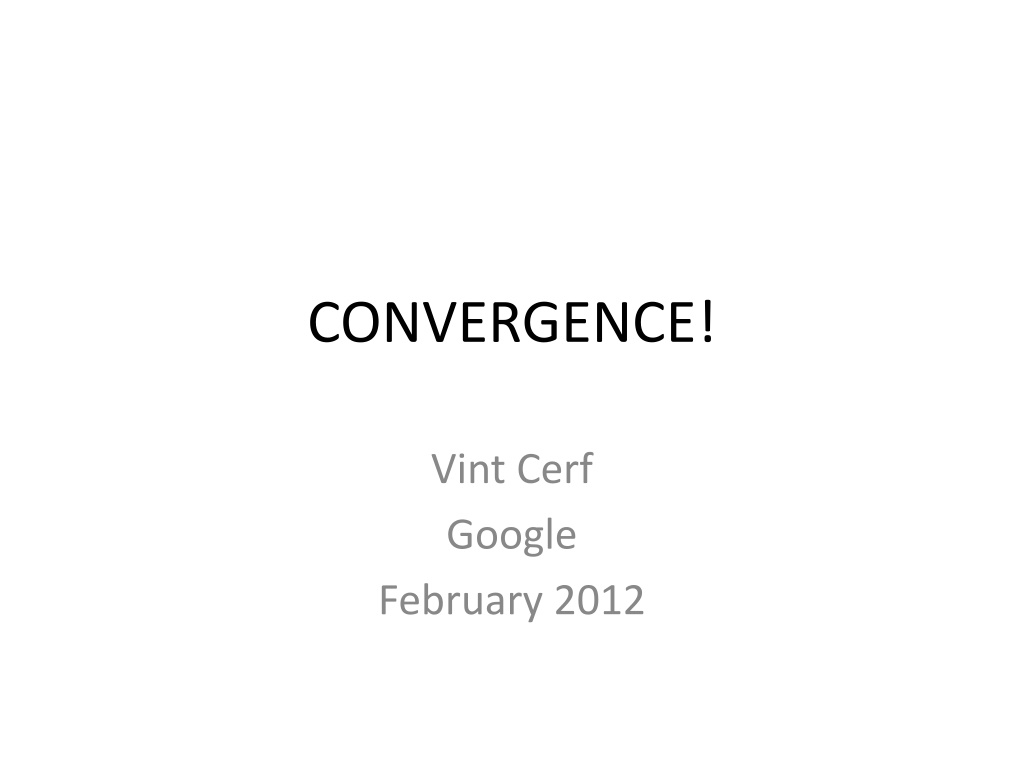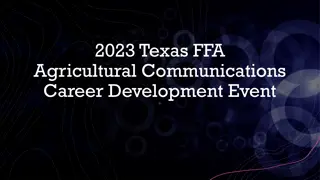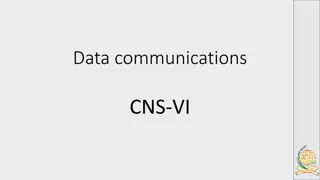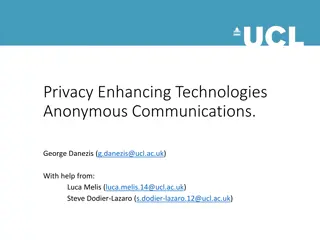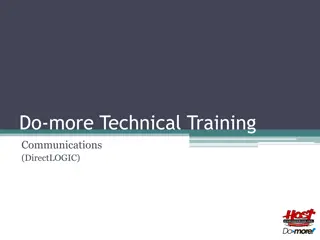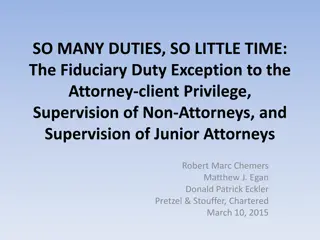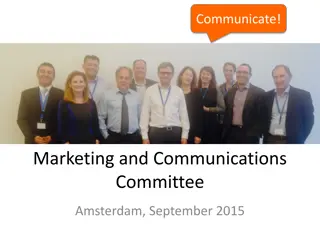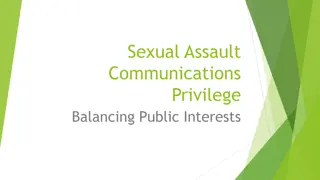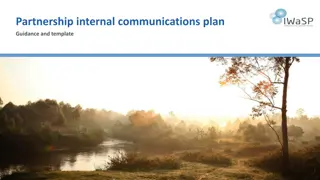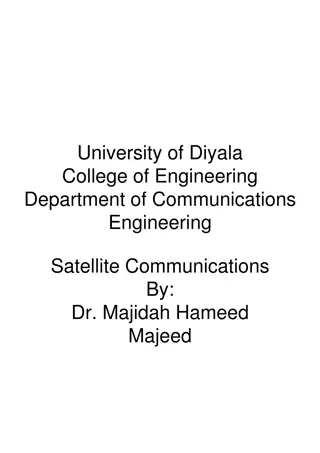The Future of Communications: Trends and Challenges
Explore the evolving landscape of communication technologies through insights on the convergence of traditional phone systems with modern IP-based solutions, the shift towards high-speed IP interconnection, the importance of quality of service standards, the potential of IP-based public safety solutions, and the critical aspects of privacy and safety in the digital realm.
Download Presentation

Please find below an Image/Link to download the presentation.
The content on the website is provided AS IS for your information and personal use only. It may not be sold, licensed, or shared on other websites without obtaining consent from the author.If you encounter any issues during the download, it is possible that the publisher has removed the file from their server.
You are allowed to download the files provided on this website for personal or commercial use, subject to the condition that they are used lawfully. All files are the property of their respective owners.
The content on the website is provided AS IS for your information and personal use only. It may not be sold, licensed, or shared on other websites without obtaining consent from the author.
E N D
Presentation Transcript
CONVERGENCE! Vint Cerf Google February 2012
When does POTS vanish? 1976 FCC Brief on Computer and Communications Convergence (Wiley) Wireline is eroding. Replaced by cable/fiber Wireless is gaining. Remnants of wired POTS will be around along with wireless for at least two decades more. Major indicator will be VOIP used to link POTS calls rather than other way around.
Interconnection High speed IP interconnection is becoming a driver. Peering terms will evolve. 100G+ P2P calls will vie for market share (Skype, etc.) ENUM may re-appear (important signal). LTE and IPv6 end-to-end open new possibilities. Conferencing will move towards IP-based services (Gotomeeting, hangouts, etc.)
Quality of Service Standards still vital but arguments over QOS may diminish with increased bandwidth. BITAG can opine but SDOs will drive. Transcoding will be painful and may lead to adoption of more common practices
IP and Public Policy IP-based solutions can be far better than conventional 911 Detailed location information (in-building, possible sensing of local conditions ) Improvements in Public Safety Communications (cf: NIST VCAT Report) Captions independently manipulated, translated, etc. Crowd-sourced assistance Improved speech recognition and generation Richer range of multimedia entertainment options
Privacy and Safety Edge devices, servers and clouds must become more robust and resistant Browsers and Operating Systems need serious work Intermediaries need to protect their infrastructure and defend against DOS but apps operators should defend against malware that attacks at application layer. International conventions for law enforcement and societal conventions for behavior needed. Strong authentication has a role; so does anonymity.
